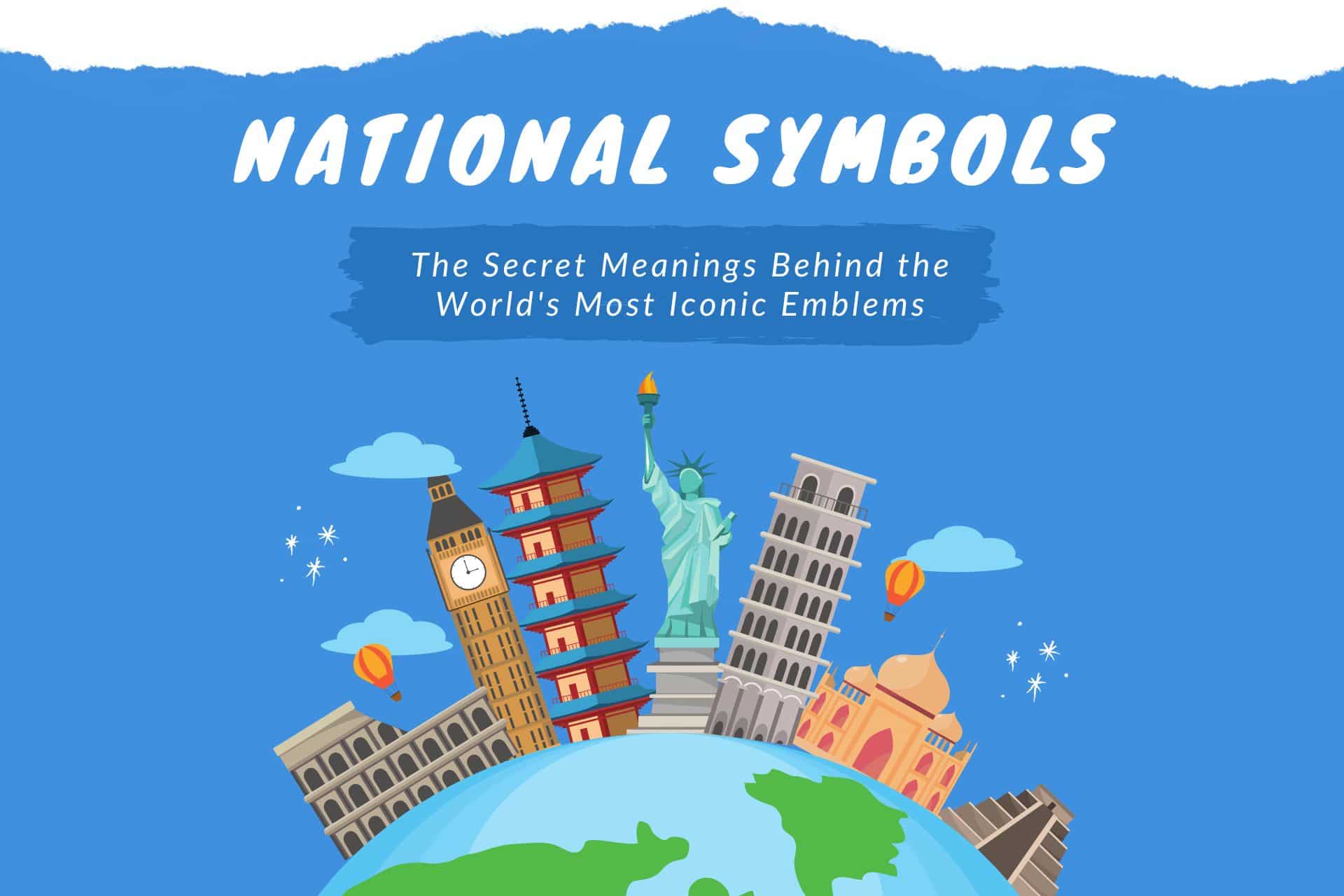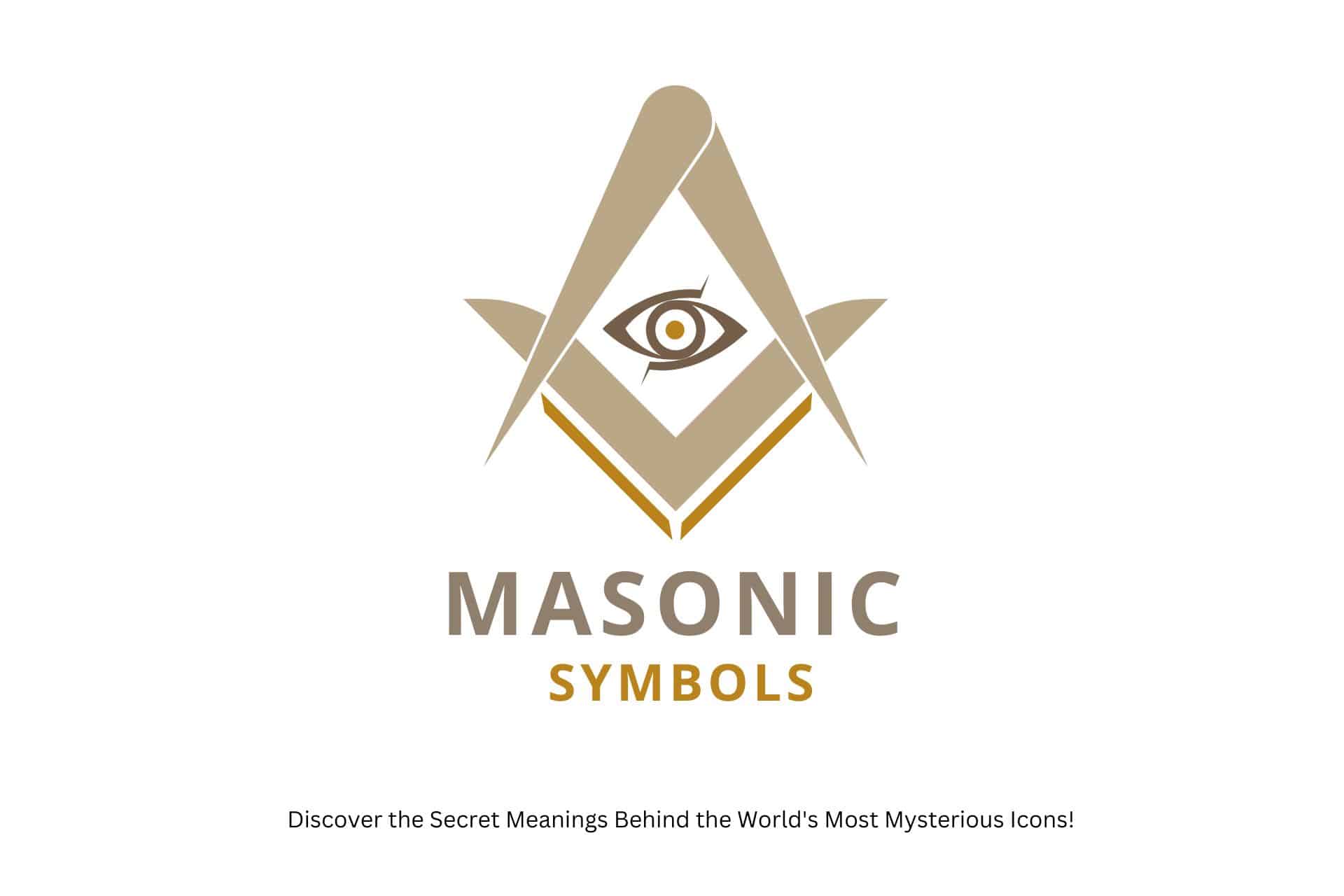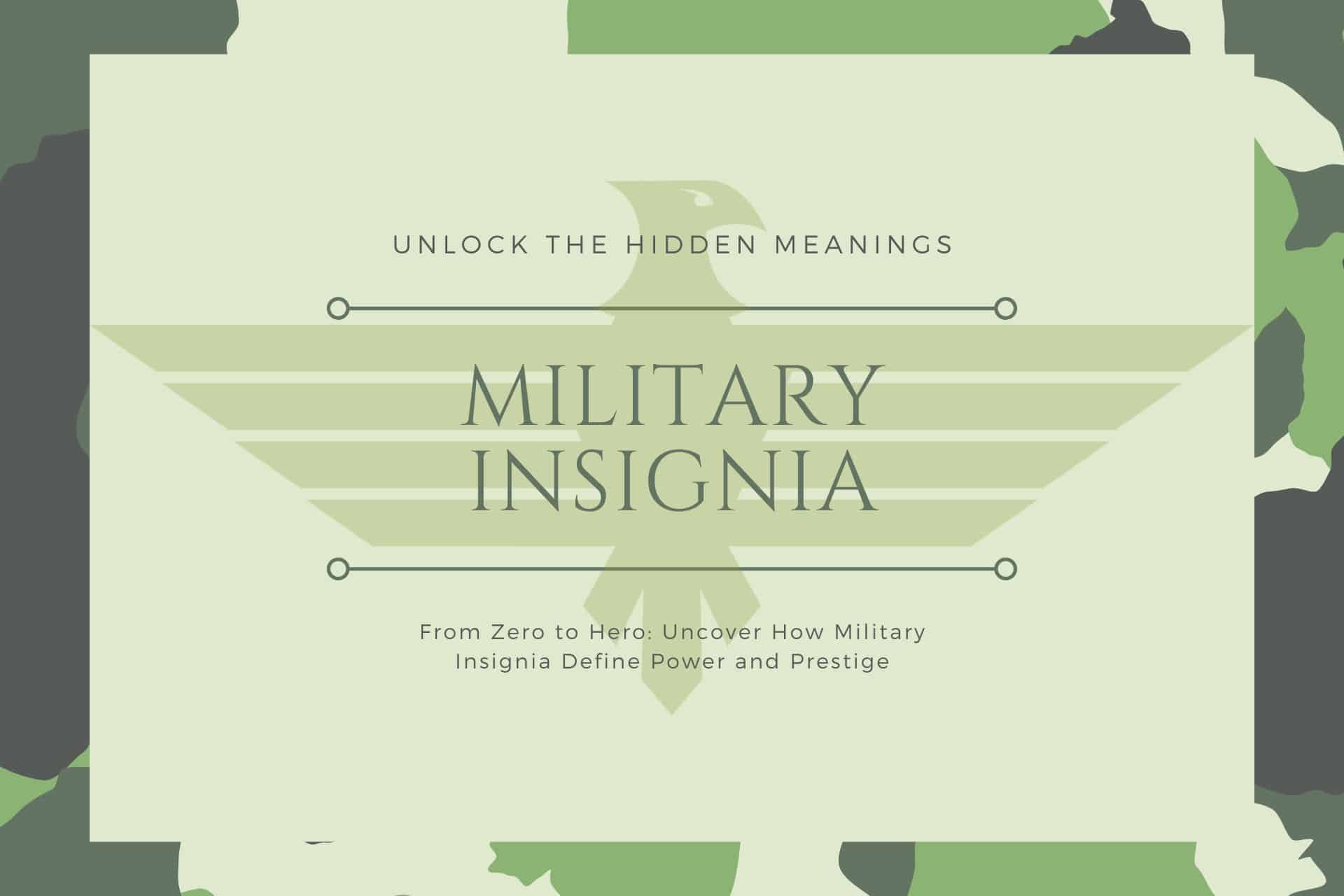Unraveling the Mysteries of Your Country’s Most Guarded Secrets
Are you curious about the stories behind national symbols? Do you wonder what these emblems truly stand for or how they impact the world?
This article will guide you through national symbols’ history, significance, and global variations, offering insights into their profound meanings.
By continuing, you’ll deepen your understanding of these powerful symbols and appreciate the diverse identities they represent.
Continue reading to unlock the secrets and stories of national symbols.
Let’s get started!

Here’s What You Will Find

Key Takeaways
National Symbols
National Symbols Are Universal: Every country boasts its own national symbols, from flags and anthems to animals and plants, each meticulously chosen to represent the nation’s identity, culture, history, and values.
Symbols Serve as Cultural Bridges: These symbols foster national pride and unity and serve as cultural bridges, offering insights into a nation’s heritage and ethos to the rest of the world.
Diversity in Unity: The variety of national symbols across the globe highlights the diversity of human culture and the unique ways in which different countries express their national identity and pride.
Evolving Emblems: While deeply rooted in history and tradition, national symbols are not static; they evolve with societies, reflecting changes in values, beliefs, and aspirations, and continue to inspire and unite citizens across generations.
What Are National Symbols?
A national symbol is a marker of identity officially or traditionally associated with a country. It represents the country’s culture, history, values, and aspirations. These symbols are deeply ingrained in a nation’s identity and serve as points of pride and unity for its citizens.
At the core, national symbols are icons, flags, animals, or other entities that countries use to represent their collective identity, values, and cultural heritage.
These symbols serve as a shorthand for the nation’s history and ethos, conveying messages of unity, pride, and patriotism without the need for words. From the majestic bald eagle of the United States, symbolizing freedom and strength, to the serene lotus flower of India, representing purity and beauty, each symbol carries a weight of meaning and history.
National symbols can take myriad forms, each chosen for its deep significance to the country’s culture or history. Flags, for example, wave with colors and designs that tell the story of a nation’s past and hopes for the future.
National animals, whether the fierce lion or the resilient kangaroo, embody the characteristics a nation sees in itself or aspires to. Plants, flowers, emblems, patterns, and objects unique to a country’s tradition can serve as symbols that resonate with people’s identity and values.
These symbols are omnipresent in citizens’ lives, appearing on currency, government documents, and public buildings and participating in national ceremonies and holidays. They are not merely decorative or ceremonial; they are imbued with the power to unite people under a common identity, especially in times of national significance or crisis.
Types of National Symbols and Their Significance
Exploring the Rich Tapestry
National symbols serve as emblems of a country’s identity, embodying its culture, history, and values. These symbols can be categorized into various types, each uniquely representing and uniting the nation.
Below is an overview of different types of national symbols, along with brief descriptions of their significance:
- Flags: The national flag is a potent symbol of sovereignty and pride. It often features colors and designs that reflect a nation’s history, geography, or ideals. This unifying emblem is displayed during national celebrations, international events, and government buildings.
- Emblems and Coats of Arms: These intricate symbols combine shields, animals, and plants to represent a nation’s historical and cultural heritage. They are used in official seals, government documents, and formal state symbols.
- National Animals: Chosen for their significance to the country’s culture, history, or natural environment, national animals symbolize the characteristics a nation admires, such as courage, strength, or freedom. They can also highlight the country’s commitment to wildlife conservation.
- Plants and Trees: National flora, including flowers and trees, often represent a country’s natural beauty and ecological values. These symbols indicate a nation’s reliance on or relationship with its natural environment and embody purity, growth, and resilience.
- Anthem: A national anthem is a musical expression of patriotism and national pride. Often performed at state functions, sports events, and school ceremonies, it tells the story of a nation’s history, struggles, and aspirations.
- Monuments and Memorials: These structures commemorate significant historical events, achievements, or figures. Monuments and memorials are places of education, reflection, and national pride, as physical reminders of a country’s journey and sacrifices.
- Cultural Icons: Unique elements of a nation’s culture, such as traditional clothing, dances, crafts, or cuisine, that are recognized worldwide as symbols of the country’s heritage and identity. These icons promote cultural pride and unity.
- Mottoes: Short, powerful phrases that encapsulate the spirit, values, or aspirations of a nation. They often inscribed on currency, official seals, and government buildings, serving as constant reminders of a country’s foundational principles.
- Natural Landmarks: Distinctive natural features, such as mountains, rivers, or forests, hold cultural, historical, or spiritual significance for a country. These landmarks are often emblematic of national identity and pride, drawing attention to the country’s natural heritage.
- Colors: Specific colors associated with a nation, often derived from the national flag, symbolize particular aspects of the country’s history, culture, or values. These colors are used in various contexts to represent the nation.
Each national symbol contributes to a nation’s rich tapestry of identity, offering citizens and the world a deeper understanding of what the country stands for. Through these symbols, nations convey their unique stories, values, and aspirations, fostering a sense of belonging and pride among their people.
The Meaning Behind National Symbols
Exploring the symbolism of national icons reveals layers of meaning that resonate deeply with a country’s citizens. These symbols are meticulously chosen to embody a nation’s values, dreams, and character. The flag, perhaps the most pervasive national symbol, carries within its folds the story of a nation’s struggle, victory, values, and aspirations.
For instance, the stars and stripes of the United States flag represent the original 13 colonies and the country’s striving for unity and justice.
Similarly, India’s flag’s deep saffron color signifies strength and courage, the white middle band purity and truth, and the land’s dark green fertility, growth, and auspiciousness.
Flora and fauna chosen as national symbols often reflect a country’s unique environmental heritage or characteristics admired by its people. The lion, a common symbol of strength, courage, and royalty, is featured in the national symbols of several countries, including the United Kingdom and Sri Lanka.
Meanwhile, the kangaroo and emu symbolize Australia’s commitment to moving forward, as these animals can only move in that direction.
Coats of arms and emblems, rich with heraldic imagery, often incorporate specific elements: the shield represents the nation’s defenders, the crest, its aspirations, and the motto, a guiding principle or belief.
For example, the intricate design of the Mexican coat of arms tells the ancient Aztec legend of the founding of Tenochtitlán, symbolizing the country’s indigenous roots and its people’s strength and resilience.
Understanding these symbols provides insight into a nation’s collective psyche and the ideals it holds dear. They are a source of pride and unity, rallying points during national celebrations or mourning, and remind citizens of a country’s unique identity and values.
National Symbols Around the World
Examples and Stories
Every country has a collection of national symbols, each with a unique story and significance.
Let’s journey across continents to explore a few:
- The United Kingdom: The Union Jack flag, a composite of England’s St. George’s Cross, Scotland’s St. Andrew’s Cross, and Ireland’s St. Patrick’s Cross, symbolizes the unity of these nations under one sovereign. The lion, a symbol of bravery and strength, is frequently associated with England and appears in various heraldic designs throughout the country.
- Brazil: The national flag of Brazil, with its green field, yellow diamond, and blue globe, represents the lush forests, the wealth of the land, and the vast sky and rivers of Brazil. The motto “Ordem e Progresso” (“Order and Progress”) reflects the country’s aspirations towards harmony and development.
- India: The Ashoka Chakra in the center of the Indian flag is a 24-spoke wheel symbolizing the eternal wheel of law and dharma (righteousness). It reflects India’s ancient heritage and its emphasis on justice and morality.
- Japan: The rising sun flag, with its red circle on a white background, symbolizes the sun as the Japanese national identity. It is deeply ingrained in Shinto religious traditions and represents happiness, prosperity, and renewal.
These symbols are not static; they evolve with the nation, adapting to reflect changes in societal values, challenges, and achievements. They are living emblems of a nation’s identity, cherished by its people and recognized by the world.
The History of National Symbols
National symbols have roots deep in humanity’s history. Symbols and emblems were used to signify affiliation to tribes or clans. With the formation of nation-states, these symbols evolved to represent the collective identity of a nation’s people, land, and government.
The history of national symbols is as diverse as the symbols themselves, often intertwined with a country’s struggle for independence, cultural milestones, or defining historical moments.
For instance, France’s tricolor flag, born out of the French Revolution, symbolizes liberty, equality, and fraternity—ideals that shook the world and reshaped the future of many nations. Or consider Japan’s cherry blossom, an emblem of transient beauty and the cycle of life, deeply rooted in the country’s cultural and philosophical outlook.
Origin of National Symbols
The origin stories of national symbols are fascinating tales of how people and events shaped the nation’s identity. For example, Indigenous peoples and early European settlers influenced Canada’s choice of the maple leaf as a national symbol. The maple leaf reflects the country’s history of immigration and the natural beauty of its landscape.
National Symbols in Art and Literature
National symbols resonate in art and literature as powerful motifs that reflect and shape cultural and national identity. Artists and writers weave these symbols into their works, not only as expressions of patriotism but also as commentary on societal values, history, and the human condition.
This interplay between national symbols and cultural expression enriches the national narrative and allows for a dynamic exploration of what it means to belong to a nation.
In literature, symbols such as the American Dream, represented through various national icons like the Statue of Liberty or the frontier, have been scrutinized, celebrated, and reinterpreted by writers across generations. This literary engagement with national symbols can challenge or reinforce societal norms and values, contributing to a nation’s ongoing dialogue about its identity and aspirations.
Art, too, serves as a canvas for exploring national symbols. From pastoral scenes of the English countryside that evoke a sense of national pride and identity to the bold, abstract representations of the Russian Constructivists, who sought to embody the ideals of the revolution and a new societal order, national symbols in art stir emotions, provoke thought, and connect individuals to their country’s collective soul.
Moreover, public monuments and memorials, often incorporating national symbols, serve as focal points for collective memory and identity. These structures are tangible reminders of a nation’s history and heritage, offering spaces for reflection, celebration, and, sometimes, healing. They are artworks in their own right, imbibing the symbols they display with a sense of permanence and visibility in the public sphere.
Controversy Surrounding National Symbols
While national symbols are meant to unify, their interpretations can be as diverse as those they represent, sometimes leading to controversy. In a world where national identities are increasingly complex and multifaceted, once universally celebrated symbols may be scrutinized for what they represent about a nation’s past or for excluding certain groups.
For instance, debates over national flags often arise in countries with colonial histories or internal divisions, where the symbol may represent only a part of the nation’s story or as a relic of oppression. Similarly, national anthems or other symbols may become points of contention, reflecting broader societal debates about identity, values, and the nation’s direction.
These controversies are not merely about the symbols themselves but what they signify about national identity and inclusivity. They open up meaningful conversations about history, memory, and the values a nation chooses to embody and celebrate. These debates allow national symbols to reflect a more inclusive and nuanced understanding of a nation’s identity.
The Role of National Symbols in Modern Society
In today’s globalized world, national symbols retain significance, anchoring identity in a rapidly changing landscape. They are not only relevant during national holidays or in the context of international sports events but also in the everyday lives of citizens. National symbols are a common sight in schools, on currency, in advertising, and public spaces, constantly reminding a nation’s heritage and values.
The digital age has given national symbols new platforms and audiences, allowing them to be shared, celebrated, and debated across global networks. Social media, for example, has become a vibrant space for expressing national pride. Symbols are often invoked to celebrate achievements, commemorate historical events, or rally support during national crises.
Moreover, as societies become increasingly multicultural, national symbols can play a crucial role in integrating diverse communities, offering a shared set of values and reference points around which people from different backgrounds can unite. This adaptability and enduring relevance underscore the importance of national symbols as relics of the past and living elements of a nation’s ongoing story.
National Symbols and Global Recognition
National symbols also play a crucial role on the international stage, representing a country’s identity, values, and aspirations. In diplomatic contexts, these symbols facilitate recognition and respect among nations, serving as a language of shared symbols and meanings that transcend linguistic and cultural barriers.
At international events such as the Olympics or United Nations gatherings, national symbols offer a window into the diversity and richness of the world’s cultures. They foster a spirit of global community and mutual respect and contribute to the narrative of international relations, symbolizing sovereignty, national pride, and the possibility of unity and cooperation among nations.
Preserving National Symbols for Future Generations
National symbols require preservation and respect as embodiments of a nation’s history, culture, and values. Educational initiatives play a key role in ensuring that future generations understand the significance of these symbols and the stories they tell. By instilling a sense of pride and responsibility toward national symbols, societies can ensure their continuity and relevance for years.
Efforts to preserve national symbols also involve protecting the natural and cultural heritage they represent, from national parks and wildlife reserves to museums and historical sites. These efforts underscore the importance of national symbols as abstract emblems and living expressions of a nation’s identity and values.
FAQs
What is the most famous national symbol?
Determining the “most famous” national symbol can be subjective, as fame often depends on cultural exposure, historical context, and personal association. However, the American flag, also known as the Stars and Stripes, is one of the most globally recognized and symbolically loaded national symbols.
Its visibility across various platforms, from international sporting events to political occasions, and its role in American culture and identity make it a prominent symbol worldwide.
The flag represents freedom, democracy, and the American values in its Constitution. Its design, with thirteen stripes representing the original thirteen colonies and fifty stars symbolizing the current fifty states, encapsulates the history and unity of the United States, making it a powerful symbol of national pride.
How are national symbols chosen?
National symbols are often selected for their significant cultural, historical, or environmental relevance to a country. This selection process can involve legislative action, public votes, or decisions made by leaders who seek to embody the nation’s identity and values through these symbols. The process varies from country to country and reflects each nation’s unique traditions and democratic practices.
Can national symbols change over time?
Yes, national symbols can and do change, reflecting shifts in societal values, political landscapes, and national identity. Changes to symbols, especially flags and national anthems, often mark a new chapter in a nation’s history or reconcile past conflicts.
However, because of their deep emotional resonance, changes to national symbols are cautiously approached and usually require broad consensus.
How do I respect another country’s national symbols?
Respecting another country’s national symbols is akin to respecting that nation’s culture, history, and people. This can be as simple as standing during the national anthem, observing protocol when handling the national flag, or engaging with the symbols in a manner that recognizes their significance. Educating oneself about these symbols’ meaning and proper treatment is key to international respect and etiquette.
What is Mexico’s national symbol?
Mexico’s national symbol is the Golden Eagle, depicted in a striking pose as it perches on a prickly pear cactus (nopal) with a snake in its beak. This powerful image is central to Mexico’s coat of arms and is featured prominently on the Mexican flag. The symbol has deep historical and cultural significance, rooted in an ancient Aztec legend.
According to the legend, the gods told the Aztecs to establish their city, where they found an eagle eating a snake on a nopal. This led them to found Tenochtitlán, the heart of the Aztec empire, which is today Mexico City. The eagle, snake, and cactus symbolize Mexican identity and heritage, blending pre-Hispanic and Spanish influences and representing strength, resilience, and the triumph of good over evil.
Last Thoughts
National symbols are vital in a nation’s identity, weaving history, culture, and values into a collective memory and pride tapestry. They remind us of our shared heritage, inspire us with their meanings, and challenge us to reflect on our values and aspirations.
As we have explored the rich tapestry of national symbols worldwide, it becomes clear that they are much more than mere icons; they are the heartbeats of nations, pulsing with the stories and spirits of the people they represent.
Let us continue to understand and appreciate our national symbols, sharing their stories with others and exploring the symbols of other nations with curiosity and respect.
By doing so, we deepen our connection to our country and foster a sense of global community and mutual understanding. After all, each symbol is a vibrant thread in humanity’s grand tapestry, contributing to the richness and diversity of our collective story.
Before You Go
If you’ve found the journey through the diverse landscape of national symbols as fascinating as we hoped, why keep it to yourself? Share this article with friends, family, or anyone who appreciates the rich tapestry of cultures and the symbols that represent them. Spark a conversation about the national symbols that resonate with you, or discover new ones together.
After all, every share and discussion is a step toward a deeper understanding and appreciation of the world’s multifaceted cultural heritage. Let’s spread the knowledge and celebrate the symbols that unite us as a global community.
More on National Symbols
- Flags
- Emblems and Coats of Arms
- National Animals
- Plants and Trees
- Anthem
- Monuments and Memorials
- Cultural Icons
- Mottoes
- Natural Landmarks
- Colors
More on Symbols
History of Symbols: How Ancient Marks Shape Our Modern World!
From Cave Walls to Emojis—A Journey Through Time Have you ever wondered about the history of symbols? Maybe you’ve wondered about their global variations or how they’ve shaped our world. Prepare to have your curiosity …
Check it Out!Tattoos and Their Secret Powers: How Ink Can Change Your Life!
Exploring the Art, Meaning, and Culture of Ink! Are you intrigued by tattoos? Are you curious about the stories they tell and the intricate details they contain? Look no further. You might be wondering about …
Check it Out!Masonic Symbols Unlocked: Discover the Secret Meanings Behind the World’s Most Mysterious Icons!
The Hidden Powers and Ancient Secrets You Never Knew! Are you intrigued by masonic symbols and their profound meanings? Perhaps you’ve seen the square, compasses, or the all-seeing eye and wondered about their significance? Thankfully, …
Check it Out!Military Insignia: Unlock the Hidden Meanings Behind These Powerful Symbols
From Zero to Hero: Uncover How Military Insignia Define Power and Prestige Are you curious about the meaning behind military insignia or rank emblems? Have you ever wondered about their significance or history? This comprehensive …
Check it Out!More Symbols

















